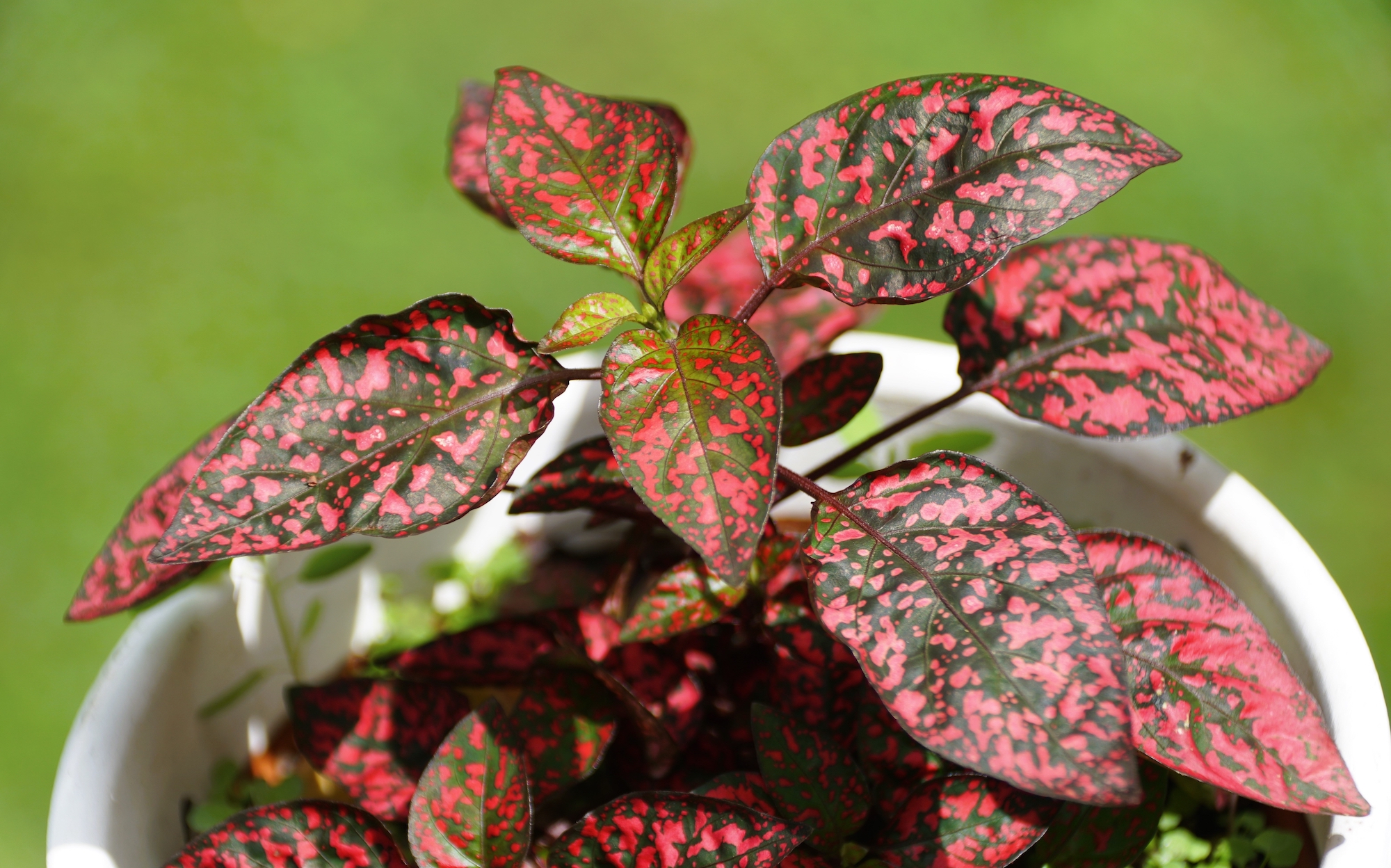
Photo Credit
Sri Widyowati
Botanical Name
Hypoestes phyllostachya
Plant Type
Sun Exposure
Soil pH
Subhead
It's easy to grow the cute and vibrant Polka dot plant!
No content available.
Read Next
Varieties

The classic polka dot plant has pink and green leaves, but there are lots of other fun color variations of this plant! To get you started, here are just a few varieties you may spot at your local plant nursery.
- ‘Carmina’: This showy plant delights with green leaves and bright red dots!
- ‘Pink Brocade’: Pretty as a picture, ‘Pink Brocade’ plant leaves are ornamented with bubblegum pink speckles.
- ‘Confetti Mix’: The best of all worlds, this mix of polka dot plants is easy to find and contains plants with pink, white, and red coloration.
Gardening Products
ADVERTISEMENT
Comments
Add a Comment












